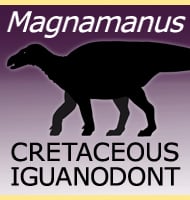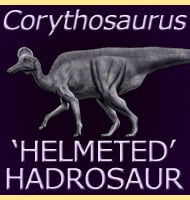Kundurosaurus
In Depth Kundurosaurus is one of many hadrosaurid genera from the Amur Region of Russia which defines the Russian border with China along the Amur River. Additionally some genera of hadrosaurid have been identified from the Chinese side of the border of this region as well. Like with many of these, Kundurosaurus lived during the … Read more

